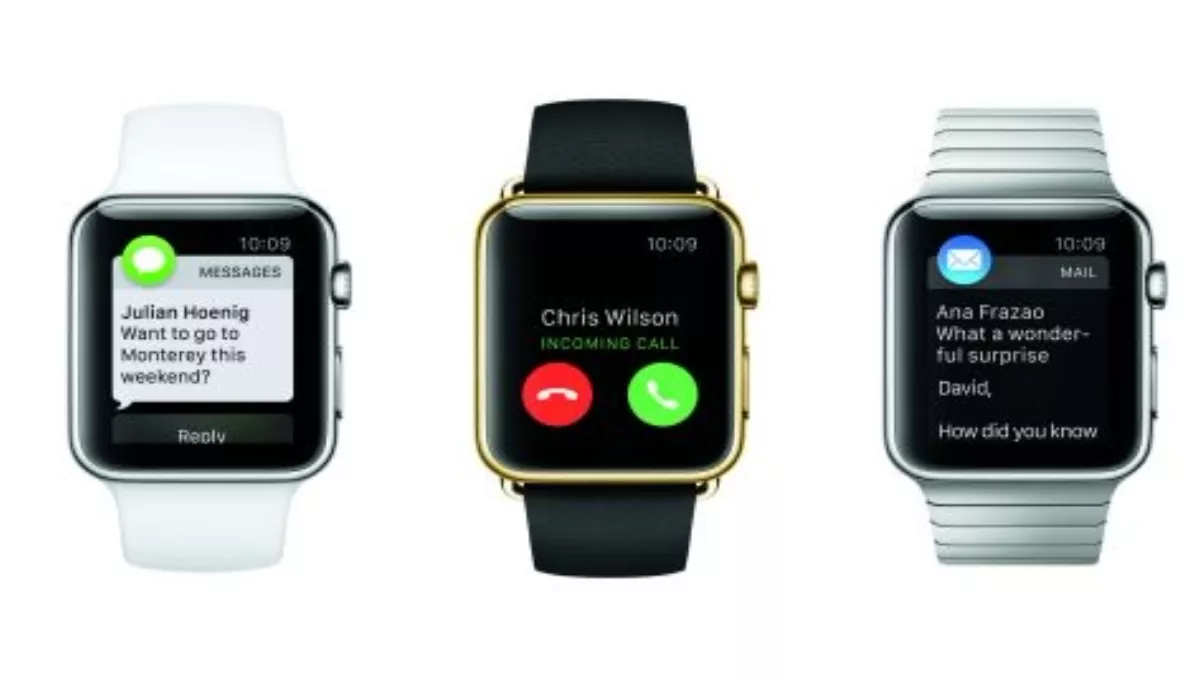
Apple is dominating in a ‘lacklustre' Australian smartwatch market where smartwatch users are already abandoning the devices – and smart wristbands are still soaring.
Telsyte says only 205,000 smartwatch units were sold in Australia in the first half of 2015, despite the promotion hype, with the initial buzz around smartwatches softening and a lack of killer apps holding back demand.
The emerging technology analyst firm says some 10% of smartwatch users have already stopped using their device altogether.
The Telsyte Australian Smartphone and Wearable Devices Market Study 2015-2019 shows Apple as the clear winner in smartwatches for the first half of the year, taking 64% share, well ahead of Samsung and LG.
Telsyte notes that Apple's leadership is mainly due to the lack of new Android compatible smartwatches. Apple's sales, however, we impacted by its premium pricing, Telsyte adds.
“The Apple watch remains a luxury gadget, with its sales price typically more than twice the average of rival Android-compatible smartwatches,” says Foad Fadaghi, Telsyte managing director.
“It is difficult to see mass market consumers paying as much as premium tablets or smartphones for wearable technology that does not have significant new or unique features,” Fadaghi says.
The introduction of a lower cost Apple Watch is expected to help increase sales in the coming months, Telsyte says.
But while smartwatch sales were slow, the same can't be said for smart wristbands such as those from Fitbit and Garmin, which were up 30% on the second half – and key festive season period – of 2014.
Telsyte estimates there are around two million smart wristband users in Australia.
Despite the slow sales, Telsyte says it doesn't believe smartwatches have failed. Instead the analyst firm says smartwatches are destined to make up a smaller portion of what can be seen as a larger wearables market dominated by lower cost ‘smart bands'.
“In some ways the smartwatch market can be classified as the premium part of the smart wrist wearable market,” Fadaghi says.
